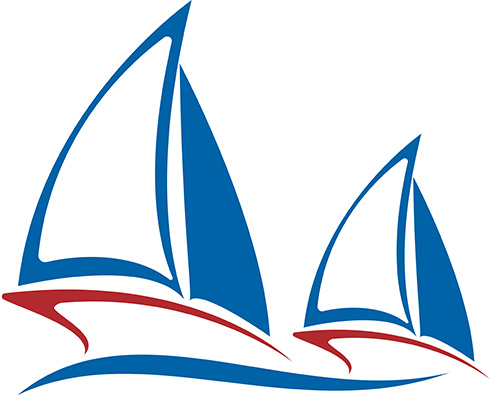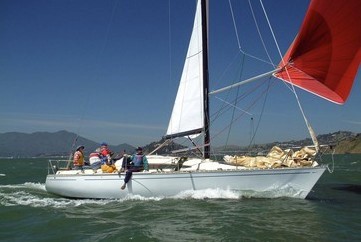What, Why & How?
The Northern California PHRF board introduced “Certified PHRF” ratings, or C-PHRF in 2014. The intent of C-PHRF is to obtain more accurate data to provide more accurate ratings, specifically downwind ratings.


The Northern California PHRF board introduced “Certified PHRF” ratings, or C-PHRF in 2014. The intent of C-PHRF is to obtain more accurate data to provide more accurate ratings, specifically downwind ratings.
The two numbers on a PHRF rating certificate that are most critical to a boat’s performance are displacement and waterline length. These numbers are notoriously inaccurate on a typical PHRF application. Most people report “brochure’ displacement and waterline length. Actual displacements are almost always heavier than brochure. Effective sailing length can be significantly different than waterline length, depending on slope of the bow and stern overhangs.
In 2010, the NCPHRF committee introduced Downwind Ratings. This rating is formula based initially. In other words, a formula is used to suggest a rating and the Committee then decides whether to use that number directly or apply an adjustment based on performance. More accurate displacement and sailing length data will give the committee a better answer.
Because boats are usually heavier than reported, a certified rating is unlikely to affect your downwind rating in a negative way. You are likely to get 0-6 second more favorable rating. Since the standard PHRF rating is empirical, it is unlikely to change with a C-PHRF certificate; but the committee may be moved to make a change if the displacement is significantly affected.
Starting in 2016, the Pacific Cup began requiring a C-PHRF certificate for all boats that wish to compete for the overall Pacific Cup trophy. Other predominately downwind races, such as the Coastal Cup, have also started using NCPHRF DW Ratings for their regattas.
If a boat has a valid* ORR or IRC certificate, a copy of those certificates may be submitted with an application requesting a C-PHRF. No other action or fee is required. All the information needed is on those certificates. (*”valid” means a current certificate that accurately represents the configuration you will sail under in PHRF.)
If a boat does not have a valid ORR or IRC certificate, the boat must be weighed and hull profile measured by a licensed US Sailing measurer. The measurer must measure IRC profile data and will weigh the boat in IRC measurement configuration. IRC configuration is essentially empty, all sails and loose gear removed. Please read the Measurement Preparation Guide for the complete details.
If a boat is participating in the Pacific Cup, the PacCup Organizers will arrange a few specific dates where groups of boats can be measured together, thus significantly reducing cost. These group measurements, conducted by measurer Dick Horn, generally run about $200 per boat. A boat that measures solo can expect a normal haul out rate and Dick Horn’s hourly rate.
ORR displacements are typically 1-2% higher than IRC because more gear is allowed on board for ORR measurement. The PHRF board will consider the data source and adjust displacement to suit in calculating downwind ratings.